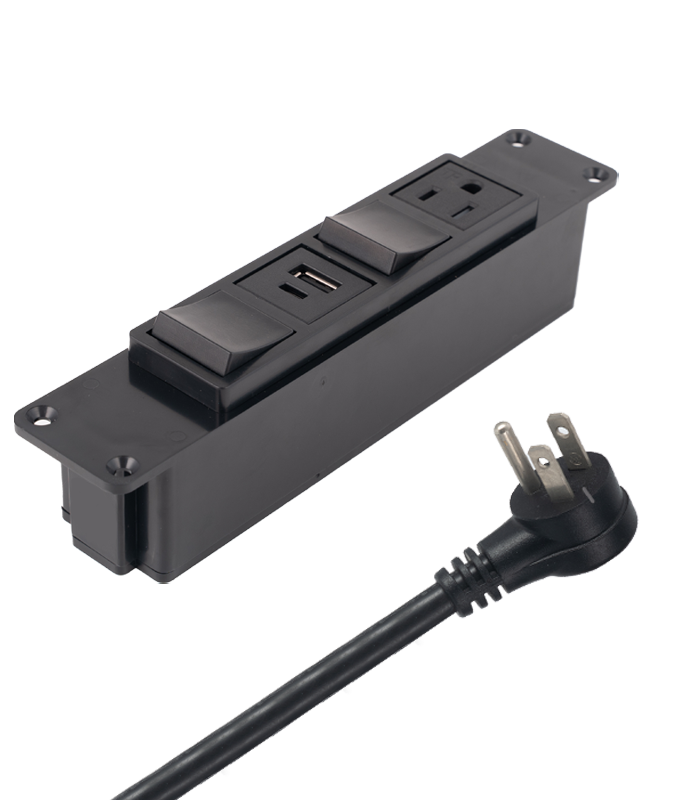
Date:2025-05-15 09:57:59
Vists:
American standard sockets play a significant role in the use of electrical equipment, and their fireproof and flame-retardant performance is directly related to the safety of electricity usage. Understanding how to judge and test the fireproof and flame-retardant performance of American standard sockets is of great significance for ensuring safe use.
Judging the fireproof and flame-retardant performance of American standard sockets from the material level is fundamental. The outer casing and internal key components of American-standard sockets are mostly made of flame-retardant engineering plastics, such as polycarbonate (PC), nylon (PA), etc. These materials themselves possess certain flame-retardant properties, which can be preliminarily judged by observing the material labels. Generally speaking, for sockets that meet the US standards, the shell materials will be marked with relevant flame retardant grade labels, such as different flame retardant levels in the UL 94 standard. If the material is not marked with relevant labels or the labels are unclear, its fire resistance and flame retardancy performance may be uncertain. At the same time, the appearance and texture of the material can be observed. The surface of flame-retardant materials is smooth, without obvious bubbles or impurities, and they have certain hardness and toughness, and are not easy to break under slight external force. In contrast, inferior materials may be loose in texture and prone to cracking, and such materials are more likely to burn at high temperatures.

Industry standard testing is an important way to accurately judge the fire resistance and flame retardancy performance of American standard sockets. Common testing methods include vertical burning test and horizontal burning test. In the vertical burning test, the sample of the American standard socket was fixed vertically and burned with a specific flame. The spread speed of the flame on the sample, the burning time and the self-extinguishing situation were observed. If the sample can extinguish itself within the specified time and the flame spread length does not exceed the standard range, it indicates that it has good fireproof and flame-retardant performance. The horizontal burning test involves placing the sample horizontally and igniting it with the same flame to assess the spread of the flame along the sample's horizontal direction and determine its ability to prevent the flame from spreading. In addition, there is the hot wire test. By touching the socket sample with a hot metal wire and observing whether the sample will be ignited and the duration of the burning after ignition, the flame retardant performance of the material at high temperatures can be judged. These professional tests need to be carried out in a specific laboratory environment and with specialized equipment, and strictly operated in accordance with the specific requirements of relevant standards. The results obtained have high authority and accuracy.
In daily life, there are also some simple ways to make judgments. You can check the product's certification certificate. American standard sockets usually need to be certified by authoritative institutions such as UL (Underwriters Testing Institute). The certification certificate will explain the fire resistance and flame retardancy performance and other indicators of the socket. Products with formal certification are more guaranteed in terms of fire resistance and flame retardancy performance. You can also consult the merchant about the fireproof and flame-retardant design features of the product, such as whether a special structural design is adopted to prevent the spread of flames, and whether special treatment has been carried out on the parts prone to heat generation, etc. However, these simple judgment methods can only serve as preliminary references and cannot replace professional tests.
Judging and testing the fireproof and flame-retardant performance of US-standard sockets requires a comprehensive consideration from multiple aspects such as materials, professional testing, and daily judgment. Whether it is the quality control by the manufacturer or the selection of products by consumers, these assessment methods should be emphasized to ensure the safety of American-standard sockets during use.
